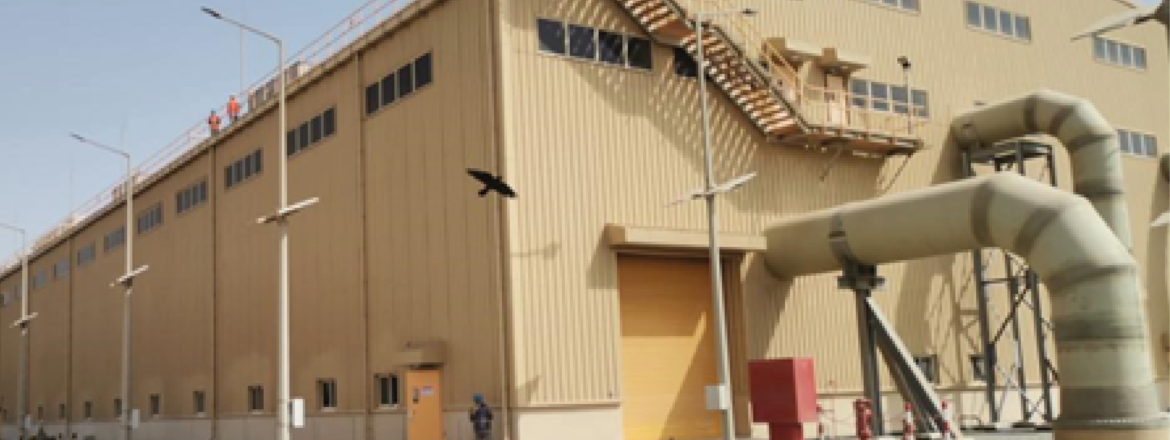- 00966548586837
- info@spanel-group.com
- Aziziyah, Jeddah, Saudi Arabia

Wall panels have become an essential element in modern construction and interior design due to their versatility, durability, and aesthetic appeal. These panels come in a variety of materials, designs, and finishes, making them suitable for a wide range of applications. This article delves into the types, benefits, applications, and latest trends in wall panels, highlighting their significance in both residential and commercial spaces. Understanding Wall Panels Wall panels are pre-fabricated sections that serve as covering or cladding for interior and exterior walls. They are designed to provide structural support, insulation, and decorative appeal. Wall panels are available in different materials, including wood, metal, plastic, and composite materials, each offering unique properties and benefits. Types of Wall Panels 1. Wooden Wall Panels Wooden wall panels are renowned for their timeless appeal and natural warmth. They come in various types, such as solid wood, plywood, and engineered wood panels. Advantages: Applications: 2. Metal Wall Panels Metal wall panels are popular for their modern look and durability. Common materials include aluminum, steel, and copper. Advantages: Applications: 3. Plastic Wall Panels Plastic wall panels, often made from PVC, are known for their affordability and versatility. Advantages: Applications: 4. Composite Wall Panels Composite wall panels combine materials like wood, plastic, and metal to leverage their collective benefits. Advantages: Applications: Benefits of Wall Panels 1. Aesthetic Appeal Wall panels significantly enhance the visual appeal of any space. They are available in various designs, colors, and textures, allowing for customization to match any interior or exterior decor. 2. Insulation Many wall panels offer excellent thermal and acoustic insulation. This helps maintain a comfortable indoor environment by reducing heat loss and minimizing noise pollution. 3. Durability Wall panels are designed to withstand various environmental conditions. Materials like metal and composite panels are particularly durable, offering long-lasting protection against wear and tear. 4. Ease of Installation Wall panels are typically easy to install, which reduces labor costs and construction time. Pre-fabricated panels can be quickly mounted, making them an efficient choice for both new constructions and renovations. 5. Maintenance Most wall panels require minimal maintenance. Materials like PVC and metal are easy to clean and do not require frequent repairs, making them a practical choice for high-traffic areas. Applications of Wall Panels 1. Residential Spaces Wall panels are extensively used in residential interiors for their aesthetic and functional benefits. Wooden and composite panels add a touch of elegance to living rooms, bedrooms, and dining areas, while PVC panels are ideal for bathrooms and kitchens. 2. Commercial Buildings In commercial settings, wall panels contribute to creating professional and inviting environments. Metal and composite panels are commonly used in office buildings, retail stores, and hotels for their durability and modern appeal. 3. Industrial Facilities Industrial facilities benefit from the robust nature of metal and composite wall panels. These panels provide structural support, resistance to harsh conditions, and easy maintenance, making them suitable for factories and warehouses. 4. Exterior Cladding Wall panels are also used for exterior cladding to protect buildings from weather elements while enhancing their appearance. Composite and metal panels are particularly popular for facades due to their durability and aesthetic versatility. Latest Trends in Wall Panels 1. Eco-Friendly Materials With the growing emphasis on sustainability, there is an increasing demand for wall panels made from eco-friendly materials. Recycled wood, plastic, and composite materials are gaining popularity for their minimal environmental impact. 2. 3D Wall Panels 3D wall panels add depth and texture to interiors, creating visually striking feature walls. These panels are available in various patterns and materials, offering endless design possibilities. 3. Smart Wall Panels Advancements in technology have led to the development of smart wall panels that integrate functionalities like lighting, temperature control, and sound absorption. These panels are ideal for creating intelligent, energy-efficient spaces. 4. Customizable Designs Manufacturers are offering more customization options for wall panels, allowing architects and designers to choose from a wide range of colors, patterns, and finishes. This trend caters to the increasing demand for unique and personalized designs. Conclusion Wall panels have revolutionized the way we design and construct buildings, offering a perfect blend of aesthetics, functionality, and durability. Whether for residential, commercial, or industrial applications, wall panels provide versatile solutions that meet diverse architectural needs. As innovations in materials and technology continue to emerge, wall panels will play an increasingly important role in creating sustainable, efficient, and visually appealing spaces. For those looking to enhance their spaces with high-quality, stylish, and practical wall coverings, wall panels offer a comprehensive solution that caters to a wide range of design and functional requirements. The future of interior and exterior design lies in the continued evolution and adoption of wall panels, making them an indispensable part of modern construction and decor.